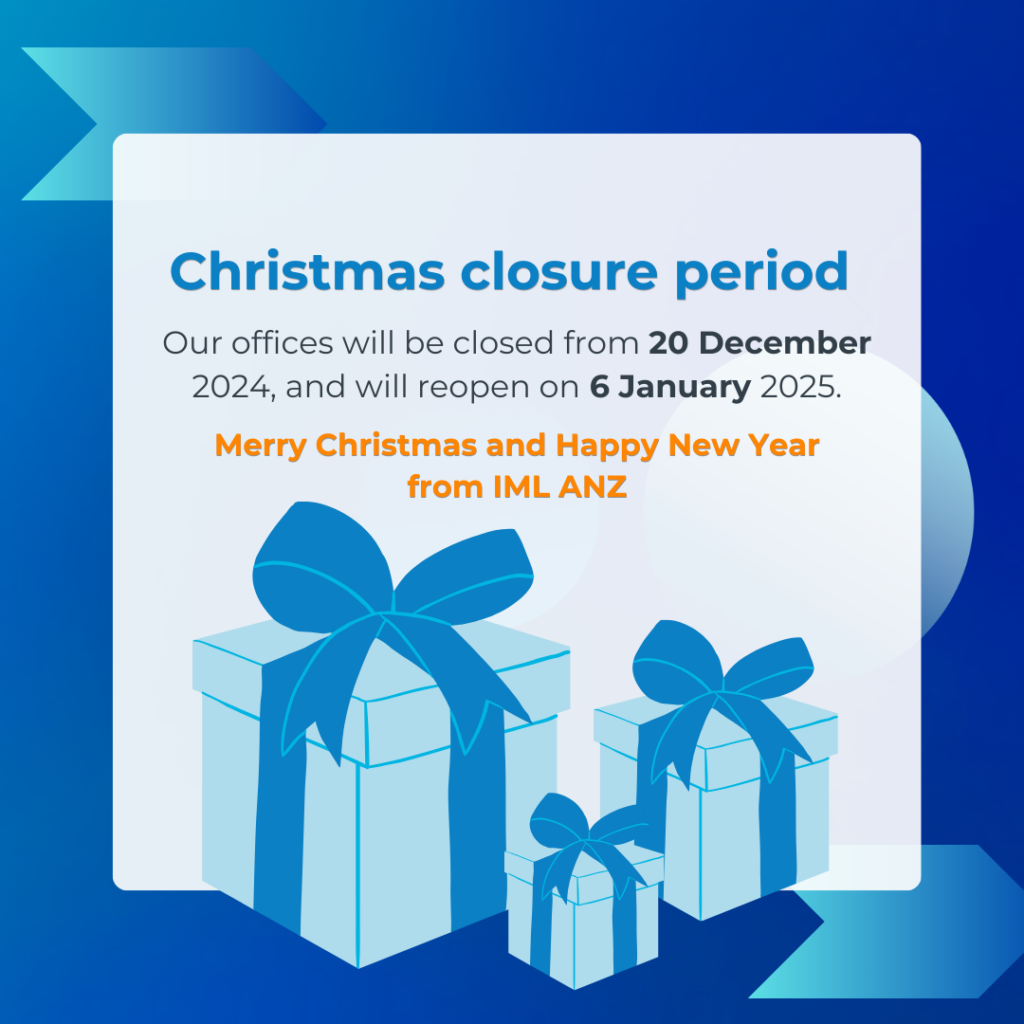By Adrienne McLean MIML
Understanding the business building journey is vital for B2B leaders whether they are the business owner or involved in sales and marketing. The more the whole process is understood, the better it is for everyone involved in helping the business grow.
However, there can be quite a perspective gap between the marketing team and the sales team. Primarily because marketing sees the process in a different way to the sales team. When understanding the business development process and their part to play, the truth is that they are closely dependent on each other. In fact, they are interdependent on each other for making the sale happen.
The three most significant, umbrella parts to understand about the process are:
1. Setting the stage
Marketing sets the stage for the business. The truth is that the marketing doesn’t get the clients, it is what happens next that books the business. The marketing defines how to introduce products, creates visibility and awareness of the products and importantly keeps the product front of mind for when prospects are ready to buy.
The role of marketing is to build a strong foundation for the identity of the product, the brand and the connection between the brand and the target market. Clearly detailing the problems that the target market will be facing and then detailing the solutions and the benefits that the product brings.
Marketing is an overriding title to cover:
- Lead generation
- Setting a fundamental understanding of products and services
- How the business builds trust and credibility
- How the business stays “front of mind”
- Define the channels to distribute messages
- Define the strategies to raise awareness of the business
2. Building credibility
This is an often-overlooked section when it comes to building the business. Professionals must remember that the right mindset has a major part to play in creating strategy and seeing the bigger picture. How open minded are you to change? How ambitious are you with thinking through bold plans for growth? How confident are you to action those plans? These are leadership and management skills can influence business success.
Because personal selling is about mindset and personal promotion, it can be uncomfortable for some. Service professionals are excellent at selling their product, but when it comes to promoting themselves, it’s another matter.
Skills like presenting, speaking to groups, communicating, speaking to camera and creating video, speaking on radio, creating podcasts, speaking with clients and prospects on the phone – all these have an impact when it comes to connecting and promoting yourself and your brand or organisation.
For leaders, developing these skills in for both themselves and their staff will help the business grow. These skills are learnt skills and building their employee’s confidence in these skills will deliver huge benefits. Developing communication and leadership skills empowers individuals, giving them life skills and building their confidence.
3. Closing the sale
Now, this is the stage of the business development process where the sales team takes the prospect from the building of trust and credibility to closing the sale. The marketing team has set the stage then hands over the prospect to the sales team to get the sale over the line.
To do this, the sales team will need to find out:
- What are the problems they are experiencing?
- What are their desired outcomes?
- What products or services can the business offer to help them?
Only when the sales team can respond positively to these questions do they stand a chance of getting the prospect sold. This will require regular communication to ascertain whether your organisation can provide the suitable solution.
In the B2B business world, the sales team coordinate with marketing who hold a list of prospects in the pipeline. By presenting a credible persona and connecting with the prospects, the sales team could get the sale across the line.
Ideally, for the business development system to work, the marketing and sales teams are integrated working together to build the business. For B2B business leaders, building the connections with the marketing and sales teams is ideal for a coordinated approach with the vision focused on growing the business.
Adrienne McLean MIML is the founder and principal marketing and speaking coach for The Speaker’s Practice – which runs workshops, coaching and events that help professionals to improve their marketing and communications.
IML ANZ Members in Sydney are invited to join Adrienne at the Professional Services Marketing Conference on August 17th, 2019. This information conference takes delegates on the business development journey starting with marketing and digital marketing, going through to sales topics with mindset topics covered throughout the day. IML ANZ Members who book by July 17th enjoy a 15% discount when they use the code IMLEB. To book or find out more, visit www.professional-services-marketing-conference.com.
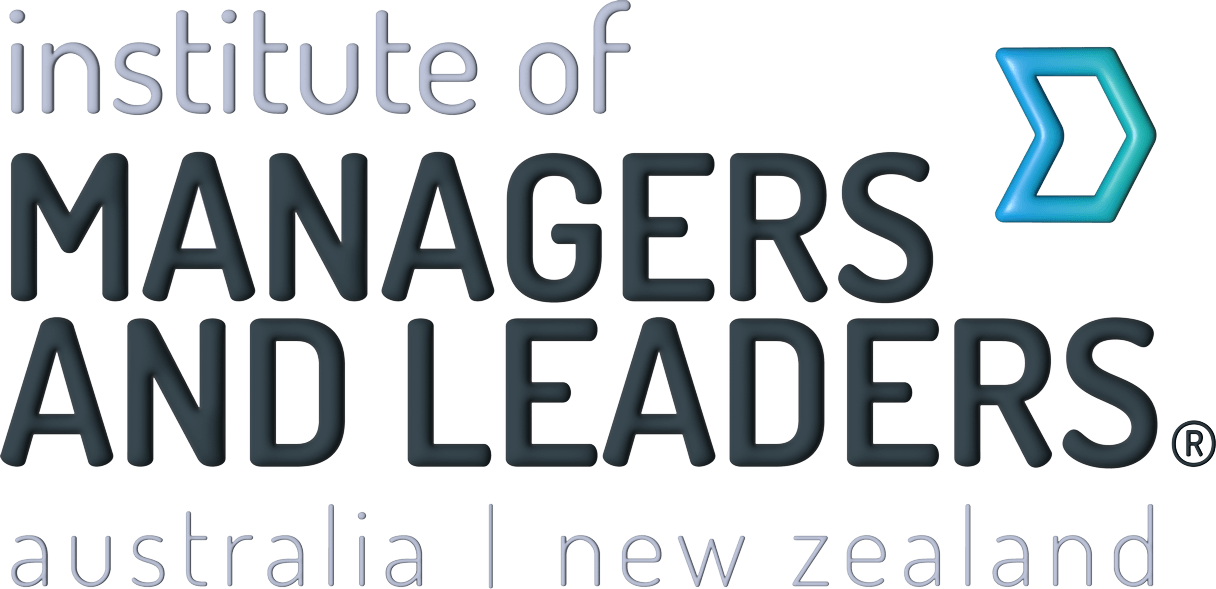

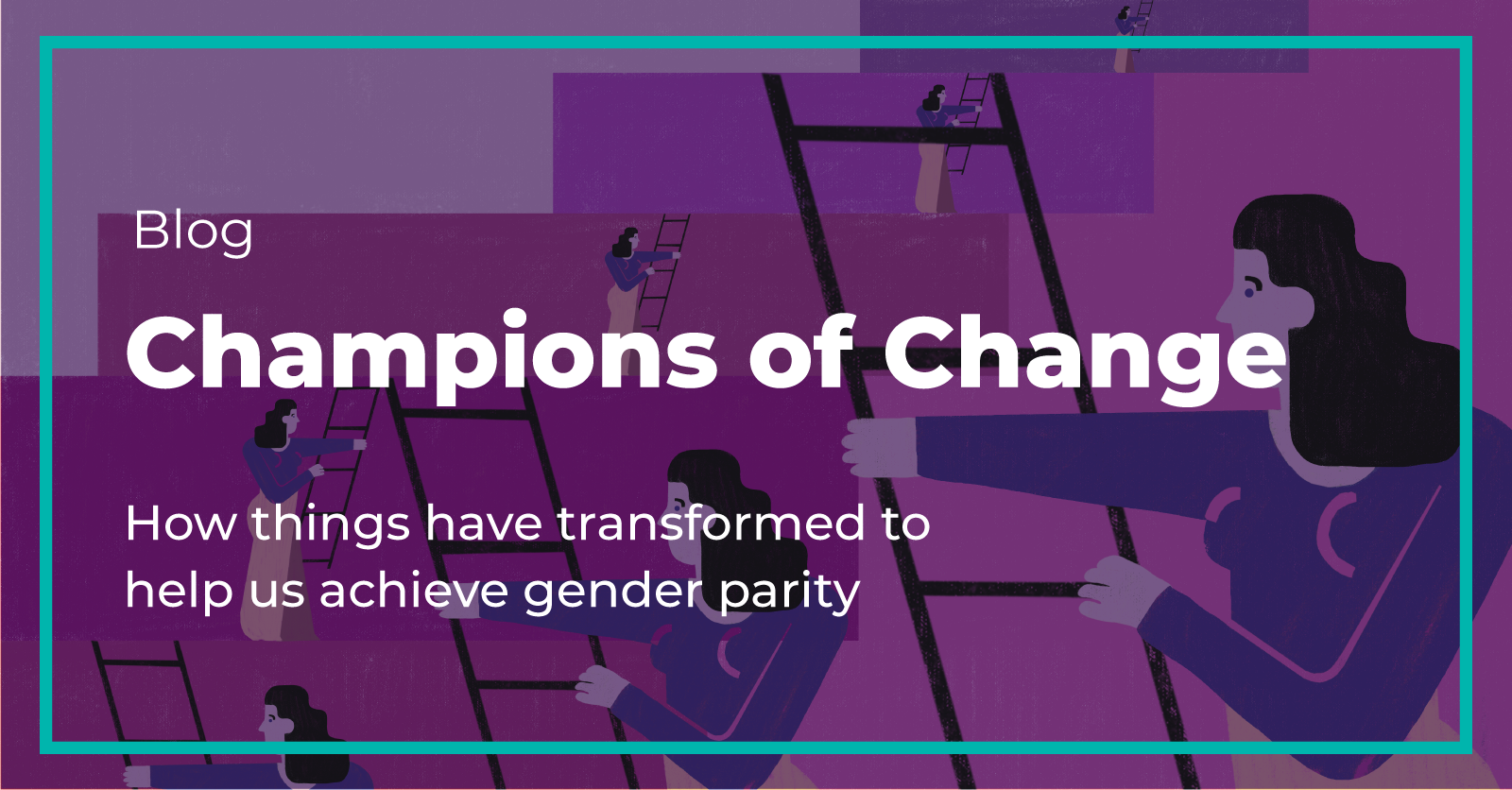
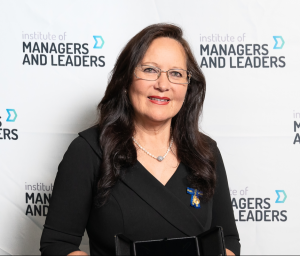 THEIR LONG ROADS TO LEADERSHIP
THEIR LONG ROADS TO LEADERSHIP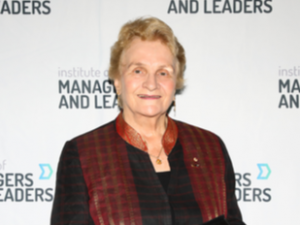 WOMEN HAVE COME A LONG WAY
WOMEN HAVE COME A LONG WAY






